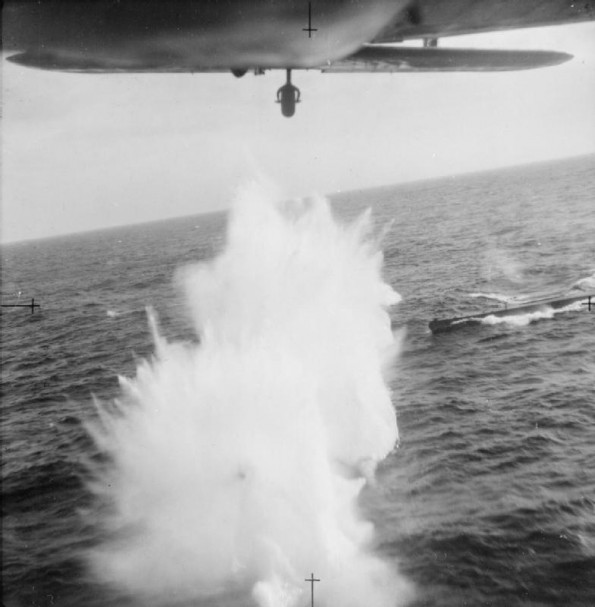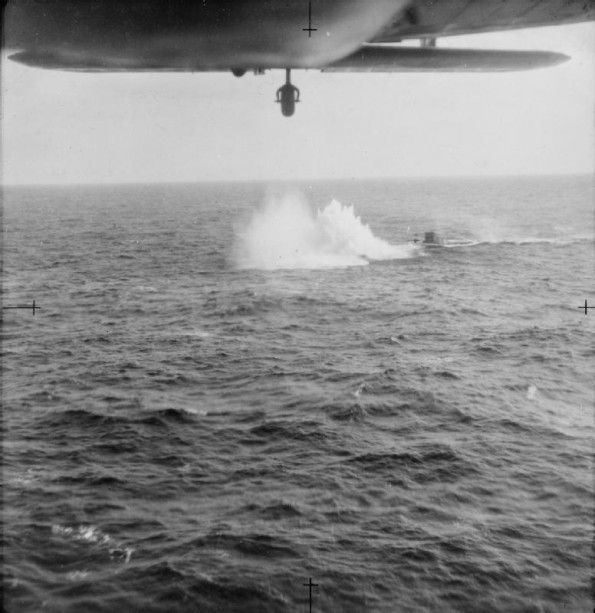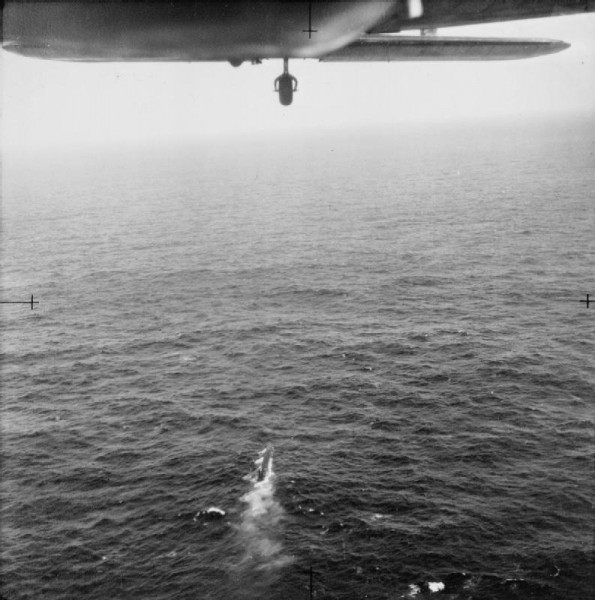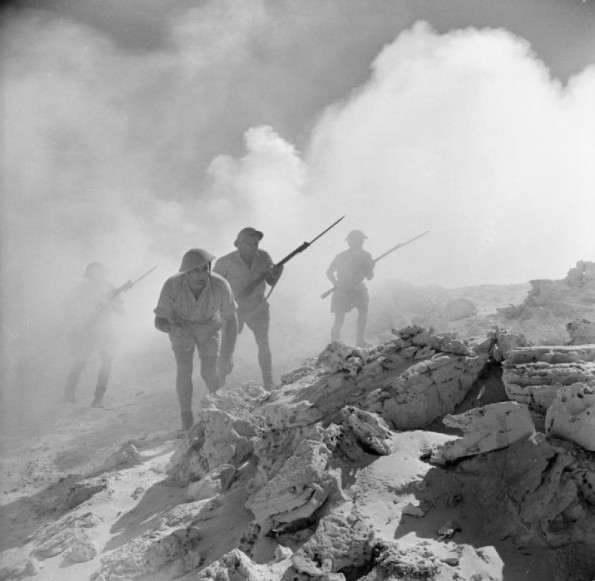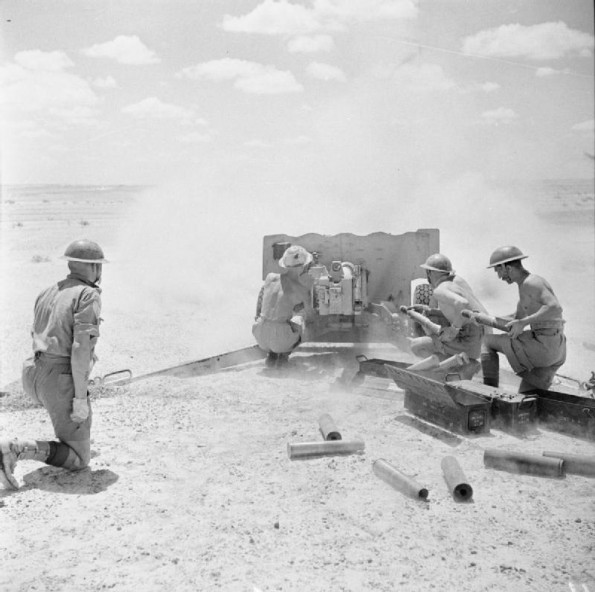Air Operations, Aleutians
6 B-24s and 5 P-38s are sent from the Fort Glenn Airfield, Umnak, against Kiska in the longest over-water attack of the war to date. 5 B-24s and 3 P-38s abort due to bad weather, but the remaining planes destroy as many as 4 moored Japanese Navy seaplanes. These 3 planes return safely from the 1,260-mile round trip.
[Air Operations, CBI
- 23rd Fighter Group P-40s down 2 Ki-27 'Nate' fighters over the airfield at Hengyang, China at 0800 hours and another 'Nate' near Lingling, China at 0855.
- An 11th Medium Bomb Squadron B-25 drops bombs and pamphlets on Hanoi, French Indochina.
Air Operations, Egypt
- 12th Medium Bomb Group B-25s attack Luftwaffe and German Army installations, vehicles, and troop concentrations in support of British 8th Army ground units fighting around Alam-el-Halfa.
- 57th Fighter Group p-40s support numerous RAF missions in and around the battle area.
Air Operations, Europe
BOMBER COMMANDEvening Ops:
- 7 Wellingtons, 3 Stirlings and 1 Halifax to Emden.
- Bomb through cloud on dead-reckoning positions.
- 2 Wellingtons lost.
Air Operations, Mediterranean
USAMEAF B-24s attack an Axis convoy at sea with unknown results.
[Air Operations, New Guinea
V Fighter Command P-400s bomb and strafe Kokoda Pass, including the airfield at Kokoda. V Bomber Command A-20s and B-25s attack targets in the Salamaua area.
[Air Operations, Solomons
Marine Corps SBDS bomb and strafe 34 Japanese barges off Santa Isabel Island and a V Bomber Command strafes Japanese Navy seaplanes at Faisi in the Shortland Islands.
[Australia, Home Front
The 'Austerity Campaign' is launched which includes new restrictions on entertainment and sports and increased taxes on alcoholic drinks and tobacco.
[Battle of the Atlantic
Whitley 'P' of No 77 Squadron makes visual contact with U-705 from an altitude of 2,500ft at five miles. A depth charge attack from 50ft surprises the U-boat. The plane for a second attack, but it was not necessary.
| Class | Type VIIC |
| CO | Kapitänleutnant Karl-Horst Horn |
| Location | Atlantic, W of Ushant |
| Cause | Air Attack |
| Casualties | 45 |
| Survivors | None |
|
|
|
|
Caribbean
The destroyers Pathfinder, Quentin and Vimy are heading for Port of Spain, Trinidad when they encounter U-162 during routine asdic sweeping. All three ships attack with depth charges, but no visible results are apparent. About 5 hours after the attacks Vimy obtains a radar contact and sights the submarine on the surface. She opens fire and then rams the U-boat.
British Destroyers Sink U-162 |
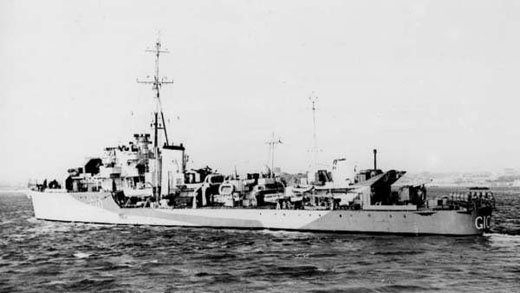 |
| Class | Type IXC |
| CO | Kapitänleutnant Jurgen Wattenburg |
| Location | Caribbean, near Trinidad |
| Cause | Ramming |
| Casualties | 2 |
| Survivors | 49 |
Diplomatic Relations
A reciprocal Lease-Lend Agreement is reached between the USA, the UK, Australia, New Zealand and the Free French.
[Eastern Front
The threat to Stalingrad becomes graver as the Germans break through to the Volga south of the city and penetrate into the western suburbs. The Luftwaffe makes incessant dive-bombing attacks. The Germans continue to advance on Novorossiysk and Grozny. Russian resistance everywhere is intense.
SOUTHERN SECTORIn an attempt to take the pressure off the 62nd and 64th Armies, the Soviet 1st Guards Army, located north of Stalingrad, attacks the XIV Panzer Corps. The operation is a shambles, with the Soviets suffering greatly at the hands of German artillery. The attack is called off. The 4th Panzer and 6th Armies continue to push the 2 aforementioned Soviet armies back into the city, but they have missed an opportunity to encircle them. In the Caucasus, both the 17th and 1st Panzer Armies continue their advance, but both are having their strength reduced and are at the end of very long supply lines.
Air Fleet 4 continues to pound Stalingrad, but is merely turning the city into an environment that is aiding the defense and making panzer operations very difficult in the rubble.[MORE]
[Guadalcanal
Believing there might be Japanese on Savo Island the 1st Raider Bn led by Lt-Col Samuel Griffith embarks in destroyer transports Little and Gregory for the island. The plan is to land on the northern end of Savo, with part of the battalion patrolling the east side, the other the west side until meeting at southern tip. They expect to finish by midafternoon.
[North Africa
The New Zealand 2nd Div of the XIII Corps, in position around Alam Nayil, is ordered to attack southward to close the gap in the minefields opened by the Axis forces, but is hurled back to its starting point. The British aircraft concentrate their attacks on the trucks bringing supplies to the Axis forces, who are short of rations, ammunition and above all, fuel. It is the lack of fuel that has prevented Rommel from launching a new offensive.
|
|
Spain, Politics
The Pro-Axis Foreign Minister Servano Súñer is replaced by the more moderate Gen Francisco Gomez-Jordana.
[